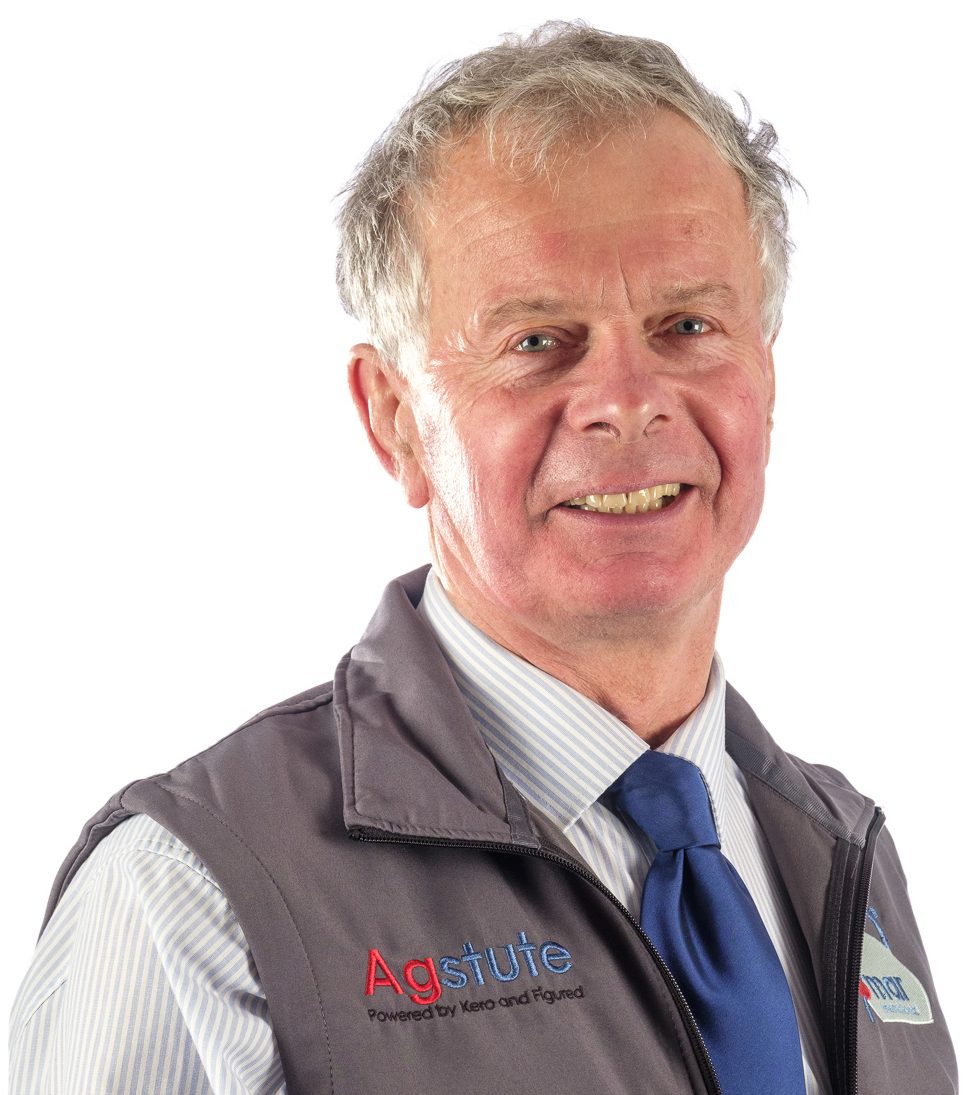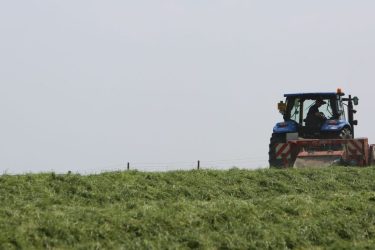By Andrew Hawkins
How are your fields looking after one of the hottest summers on record? With the Environment Agency declaring drought status in large parts of England and Wales, its highly likely fields are looking rather fatigued. Reseeding will help to bring them back to life! The drought will have really highlighted which fields are poorest in vigour and growth. These fields will experience slow recovery, poor nitrogen response and insufficient yields for next spring.
Take a look at the field in the photo above being strip grazed in August 2022. This field was reseeded in 2021 with a Perennial Rye Grass and white clover mix. Hard to believe large parts of England and Wales were in drought at this point – not a concern for this dairy herd!
Now more than ever it is crucial to ensure your grass leys are as vigorous and productive as possible.
Sufficient dry matter yield is required to offset high fertiliser and fuel prices when harvested. Improving your growth from forage and yield from forage will reduce bought in feed costs.
A 44% increase in productivity can be gained from a new ley. With normal growing conditions and nutrient crop requirement met, a new ley can deliver 13 tonnes of dry matter per hectare in a season. Compared to an old ley, which after damage from machinery and/or livestock is likely to yield 9 tonnes of dry matter per hectare.
Plan in advance.
Identify potential fields for reseeding by regularly assessing grass growth, quality and drainage. The more data you have the more accurate a decision you can make. When was the field last reseeded and what seed mix was used? What is the field going to be used for? Think about livestock nutritional requirements. A good aim is to reseed 10% of grassland area per year.
Method of reseeding – Direct drilling or ploughing?
Get digging! Assess the soil condition and structure by digging a hole to check what’s going on below the surface. If the top few inches of soil are compacted, aerating will be beneficial. Conserving moisture will be paramount; direct drilling will conserve more moisture than ploughing. Consider field location and topography. Where fields are steep and/or rocky then direct drilling is a proven option, followed by rolling. Also worth considering is fuel usage – direct drilling uses 9 litres of fuel per hectare, while ploughing will use around 60 litres per hectare.
Soil assessment
Test for pH level and current nutrients. If you are direct drilling then test now, but if you’re ploughing; soil test after this. Correct pH imbalances before reseeding to support the new ley.
Spray off old sward with glyphosate.
Getting rid of perennial grasses and broad-leaved weeds gives the new ley the best chance of performing well.
Select the most suitable grass seed mix.
Take into account soil assessment results. Consider field location and topography, as well as the intended use of the field and the dietary requirements of the livestock (legumes will increase protein level). Consider reseeding with mixtures that contain plants with different properties.
- Drought resistance (timothy, cocksfoot, lucerne)
- Nitrogen fixing legumes (clover, lucerne)
- Meadow fescue (doesn’t need nitrogen)
Note that lucerne is primarily a silage rather than a grazing crop.
Just like animal genetics, grass seeds varieties are continually evolving with strong investment from plant breeders. Make sure you make full use of this! Check out AHDB Recommended Grass and Clover Lists (RGCL) | AHDB
Preparation is key
Ensure the seedbed is fine, firm, level and even. Do not place grass seed too deep, 5-10mm is fine. Sow in fertiliser whilst re-seeding, if necessary, to meet crop nutrient requirements. Roll well to ensure seed contact with soil and conserve moisture
Monitor
Check for leatherjackets, slugs, fruit fly and rabbits, control if necessary. Approximately 6 weeks after sowing or when clover is at true leaf stage a post emergence herbicide may be required. Consider grazing the reseed as soon as the grass can’t be pulled out. Youngstock/sheep are preferable to encourage tillering, with minimal compaction risk.
Here is an example of a field which was reseeded in August 2021, and looking great by October 2021.









